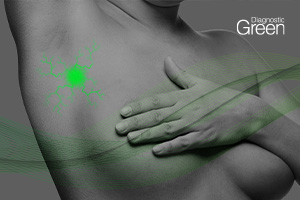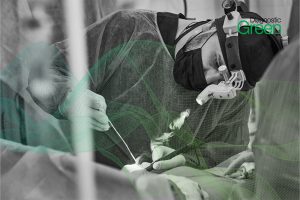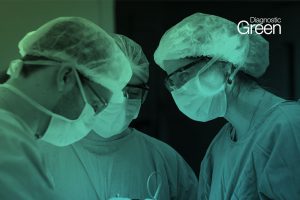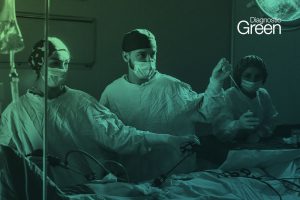Background: In the last few years, indocyanine green (ICG) fluorescent cholangiography (FC) has been adopted to perform intra-operative biliary mapping during laparoscopic cholecystectomy (LC). This study aimed to compare the results of LC with and without use of ICG-FC.
Methods: All LC operated from June 2017 to June 2021 in our unit were retrospectively reviewed. Pre-operative workup included ultrasonography to assess dilation of main biliary tree. The ICG dosage was 0.35 mg/kg and the median timing of administration was 15.5 h pre-operatively.
Results: Forty-three LC were operated in the study period: 22 using standard technique (G1) and 21 using ICG-FC (G2). There were 27 girls and 16 boys, with median age at surgery of 11.5 years (range 7-17) and median weight of 47 kg (range 31-110). No conversions were reported in our series. In all ICG cases (except one patient under therapy with phenobarbital) the biliary tree was perfectly visualized during dissection. Intra-operative complications occurred in 3 G1 patients (13.6%): 2 bleedings from the Calot’s triangle and 1 bleeding from the liver bed during the gallbladder removal. LC was significantly faster in G2 than in G1 (p = 0.001). In fact, the parameters analyzed (T1, T2, T3) were all significantly greater in G1 than in G2 (p = 0.001).
Conclusions: Based upon our experience, we strongly recommend the use of ICG-FC in all pediatric patients undergoing LC. ICG-guided fluorescence provided an excellent real-time visualization of the extrahepatic biliary tree and allowed faster and safer dissection, minimizing the risk of bile duct injuries. Furthermore, ICG use was clinically safe, with no adverse reactions to the product




